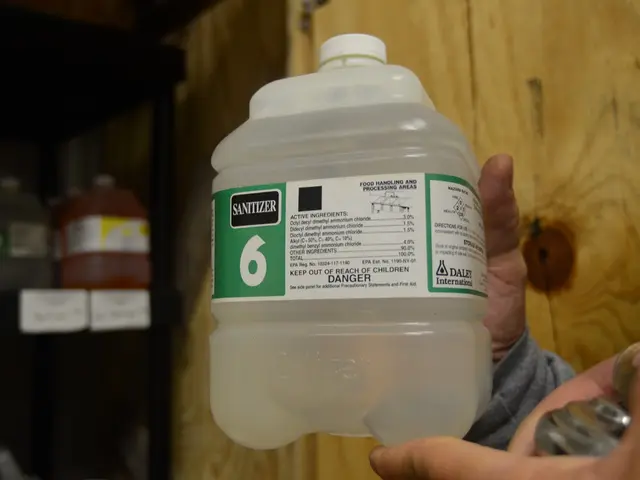Understanding Feline Dandruff: An Examination
Cats, like humans, can experience dandruff – an excess shedding of skin cells that can lead to discomfort and potentially signal underlying health issues. Here's a comprehensive guide to understanding the causes, symptoms, and treatment options for feline dandruff.
Can Cats Get Dandruff?
Yes, cats can develop dandruff. Skin cells undergo a cycle of production, maturation, and shedding, with dead cells forming a protective layer on the skin. When this process is disrupted, as seen in dandruff, it may indicate an underlying issue.
Common Causes of Dandruff in Cats
Dandruff in cats is often linked to skin trauma or imbalance. Common causes include obesity, poor grooming, parasites (fleas, mites, or feline lice), ringworm, allergies, infection (yeast or bacteria), poor nutrition, and environmental conditions. Less common causes include endocrine disorders, cancers, and keratinization disorders.
Symptoms of Dandruff in Cats
Visible white flakes resembling dandruff can be found on a cat's fur, particularly around the base of the tail or back. Excessive dandruff may cause fur loss, an unkempt fur coat, small crusts on the skin, skin redness, frequent grooming, clumps of fur around the house, and an odor to the fur/skin.
Diagnosing Dandruff in Cats
A veterinarian's examination is crucial for diagnosing dandruff and ruling out other conditions. This exam may involve skin scrapes, ringworm cultures, cytology, trichogram, bloodwork, and biopsy, depending on the veterinarian's findings.
Treating Dandruff in Cats
Mild cases of dandruff can be addressed at home with high-quality commercial diets, increased humidity, omega-3 fatty acid supplements, and regular grooming. However, excessive dandruff requires veterinary attention and might involve omega-3 fatty acids, flea/mite preventive medications, topical products, shampoos, antibiotics, antifungals, supplements, or other medications by mouth.
Preventing Cat Dandruff
Prevention measures for dandruff include feeding a high-quality commercial diet, avoiding obesity, using flea preventives monthly, providing enrichment, brushing your cat daily, and increasing humidity in dry environments. Regular veterinary check-ups are essential to catch any potential health issues early.
Related conditions include obesity, fleas, Cheyletiella (mites), ringworm, allergies, and yeast infections.
By understanding the common causes, signs, and treatment options for dandruff in cats, you can help ensure your feline friend's skin health and overall wellbeing. If you notice persistent or severe dandruff, always consult your veterinarian.
- Mental health and skin care are as crucial for cats as they are for humans, as an imbalanced skin can often indicate underlying health issues, such as dandruff in felines.
- A healthy and wellness routine for your cat can include not only skin care for dandruff prevention, but also regular veterinary check-ups to manage physical health issues such as allergies, parasites, and endocrine disorders.








